
Background
IN0702 | |
Tarfala Research Station | |
Sub-Arctic | |
Open | |
Station | |
Sweden | |
Station | |
1946 | |
March; April; May; June; July; August; September |
Introduction
Tarfala Research Station is run by the Department of Physical Geography, Stockholm University, Sweden. | |
Tarfala Research Station is located at 1130 m a.s.l. in the high-alpine Kebnekaise Mountains, northern Sweden. The catchment reaches from 700 to 2100 m a.s.l. and includes several small glaciers of which Storglaciären is extensively studied. The nearest settlement is the Sami village Nikkaluokta, 25 km southeast of the station. There is a mountain tourist station 7 km, and a tourist hut 1 km from Tarfala. | |
Tarfala Research Station is situated in a rapidly changing environment, which offers good opportunities for a variety of bio-geochemical studies. The Storglaciären is one of the best studied glaciers in the World. The long mass-balance record shows how the glacier responds to seasonal climate variability. The retreat of other local glaciers since the early 1900s is also well documented. Permafrost in the catchment is patchy in the lower parts of the valleys but is continuous at higher altitudes. The vegetation ranges from high-alpine flora to mountain birch forest at the tree-line. Wildlife in the area includes reindeer, moose, brown bear, wolverine, fox, hare, stoat, lemmings, and ptarmigan. | |
The measurements of mass balance on Storglaciären started in the spring of 1946. At that time the scientists used a simple tourist hut as base-camp. In the 1950s, a couple of buildings were built on the present location of the station. The facility could welcome the first students and international scientists in the early 1960s. Today, Tarfala Research Station is a modern facility offering research and education opportunities in a unique subarctic high-alpine setting. Tarfala has c. 25 beds for guests. Rooms with two to four beds are located in houses with running water and dry toilets. Included in the per diem price is breakfast, packed lunch, and dinner. There are no shops in the vicinity. Tarfala Research Station has a modern lecture hall and a well equipped workshop. Internet access via GSM antenna is provided. | |
Research at Tarfala Research Station focuses on the coupling between climate and glaciers, glacier dynamics, glacial hydrology, geomorphology, mountain meteorology, permafrost, vegetation development, and ecosystem changes, as well as biogeochemistry in ice, snow, water and soil. Tarfala Research Station has its own program for monitoring climate effects on the subarctic environment including glacier mass balance, mountain meteorology, glacial hydrology, snow-chemistry, permafrost, and ecosystem change. The data gives scientists unique and detailed information on the short- and long-term effects of Climate Change and is freely accessible. | |
The nearest village is Nikkaluokta, inhabited by c. 30, mainly Sami people. | |
Tarfala is located c. 27 km from Nikkaluokta a small Sámi settlement, and 7 km from Kebnekaise tourist station. Local transport can be arranged from the nearest village, Nikkaluokta (27 km) to Tarfala by snowmobile in winter and by helicopter in summer, or to the tourist station. Nikkaluokta is located 60 km west of the city Kiruna, which can be reached by plane or train from Stockholm. |
Operator
Stockholm University | |
Government | |
Department of Physical Geography | |
tarfala@natgeo.su.se |
Data Source
Partner Institution
No |
Location
IN0702 | |
67° 55' 0'' N | |
18° 35' 0'' E | |
European Arctic | |
1130 | |
700 | |
2097 | |
27 | |
90 | |
27 | |
0 | |
Ice-free ground |
Climate
Discontinuous | |
Sub-Arctic | |
Snow and Rain | |
1000 | |
290 | |
N | |
-3.3 | |
-10.4 | |
-10.7 | |
-9.7 | |
-5.3 | |
-0.5 | |
4.3 | |
8.5 | |
7.2 | |
2.8 | |
-2.8 | |
-6.4 | |
-9 | |
July | |
July | |
June | |
July; August; September |
Features
Ice cap or glacier; Lake; Melt streams; Moraine; Mountain; Permanent snowpatches; Plateau; Rivers; Rock; Snow; Sastrugi; Tree line; Tundra; Valley; Other | |
Human settlements or resource use in the area |
Disciplines
Atmospheric chemistry and physics; Climatology; Climate change; Ecology; Environmental sciences; Geocryology; Geodesy; Geology; Geomorphology; Geophysics and seismology; GIS; Glaciology; Hydrology; Isotopic chemistry; Limnology; Mapping; Microbiology; Paleoecology; Paleolimnology; Pollution; Sedimentology; Social science; Terrestrial biology | |
Ecosystem services |
Human Activities
Yes | |
Recreational activities | |
Sámi reindeer herding communities. Development of extractive industry in Kiruna past 100 years. Development of tourism by local entrepreneurs and the Swedish Tourism Association since end of 1800s. | |
Yes | |
Yes | |
Yes | |
Yes |
Infrastructure
IN0702 | |
500 | |
40 | |
Biology; Chemistry | |
1 | |
100 | |
40 | |
Yes | |
Yes | |
220 | |
24 |
Staff Capacity
10 | |
0 | |
6 | |
6 | |
40 | |
0 |
Scientific Equipment
AWS, dGPS, GPS, georadar, ice and snow sampling kits, laboratory equipment e.g. oven, centrifuge, microsope, | |
Field, technical, safety support, free access to monitoringdata |
Medical Facilities
No | |
0 | |
0 | |
90 | |
0 | |
0 | |
0 | |
90 | |
VHF, GPS, glacier safety | |
VHF, GPS, glacier safety | |
No | |
No |
Vehicles
Snowmobile, Helicopter |
Workshop facilities
ICTS (Staff available to assit with constructions) |
Communications
No data |
Access
IN0702 | |
Air; Land |
Aircraft landing facilities
0 | |
0 | |
0 | |
* | |
Yes |
Transport and freight
Helicopter; Ski; Walking | |
0 | |
75 | |
March; April; May; June; July; August; September |
Access To The Facility
Permit for travelling outside the valley in reindeer husbandry area | |
station manager | |
tarfala@natgeo.su.se |
Pictures
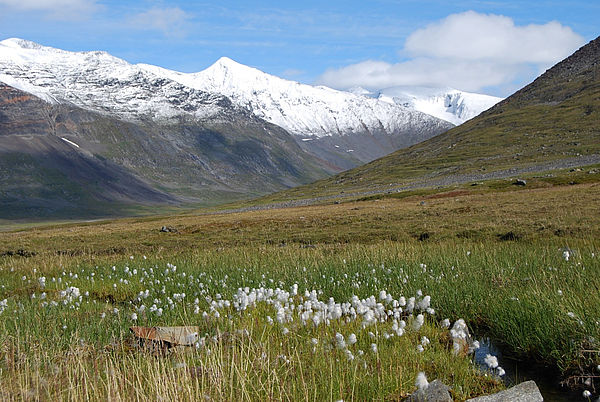 Tarfala_Valley in summer (Credits: Ninis Rosquist) |
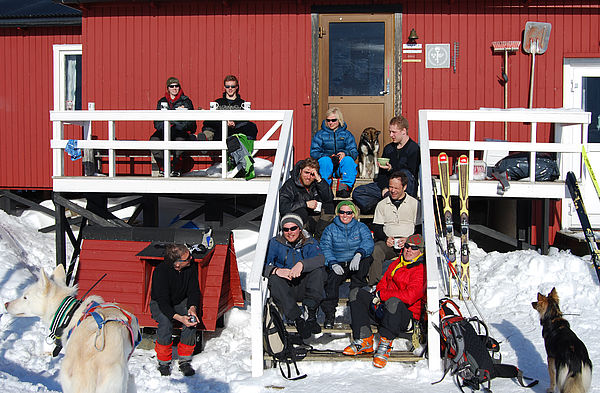 Trafala Coffee in the spring sun (Credits: Ninis Rosquist) |
 Tarfala Glacier (Credits: Ninis Rosquist) |
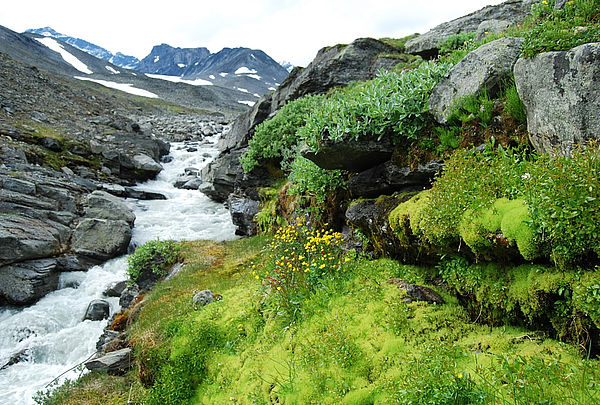 Tarfala Landscape (Credits: Ninis Rosquist) |
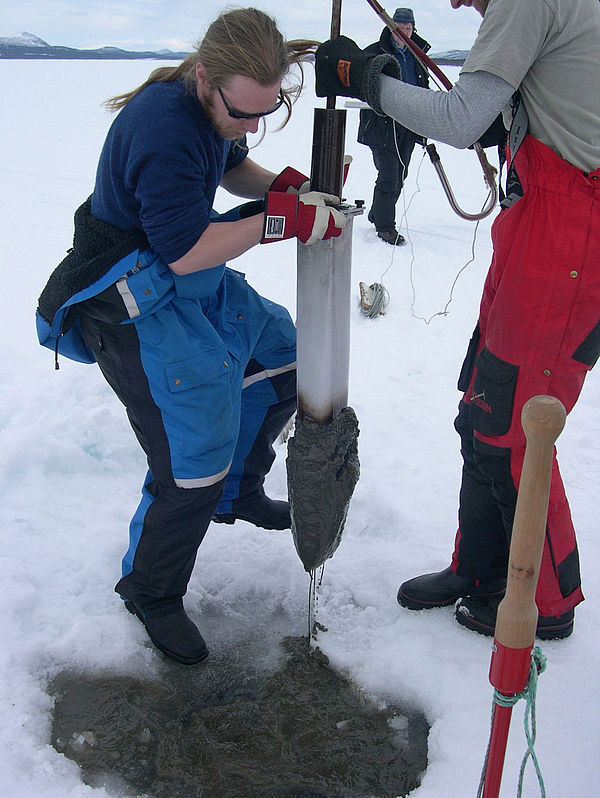 Permafrost drilling (Credits: Ninis Rosquist) |
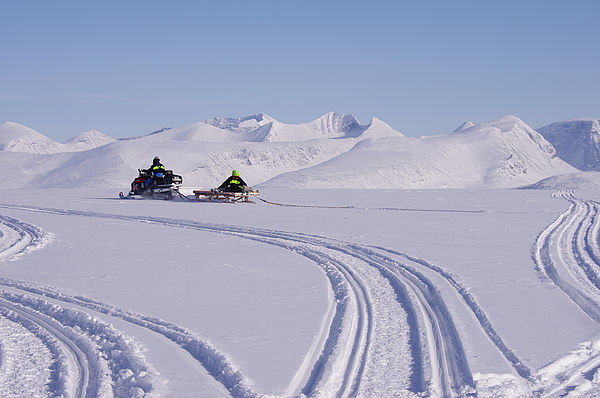 Radar measurments on a glacier in the winter (Credits: Peter Jansson) |
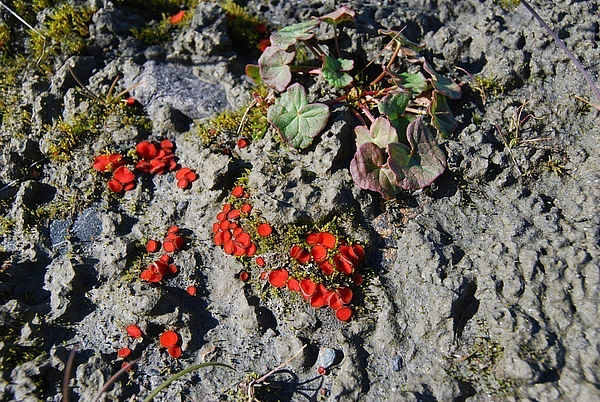 Red flower (Credits: Ninis Rosquist) |
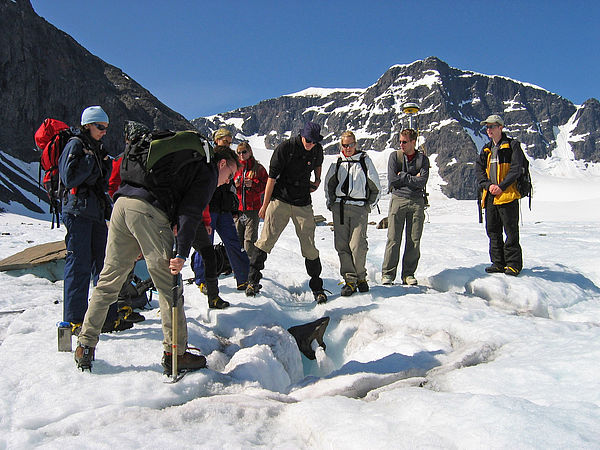 Students at Tarfala (Credits: Ninis Rosquist) |
